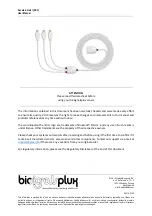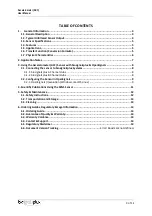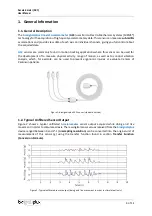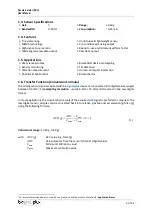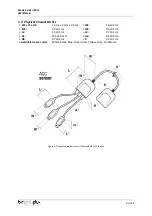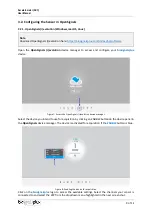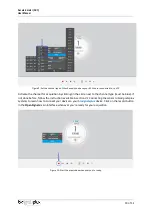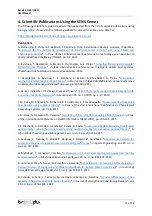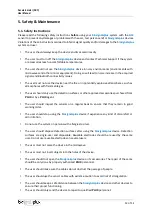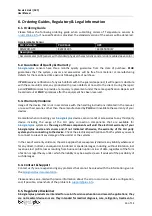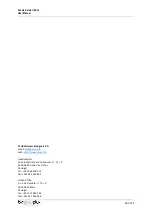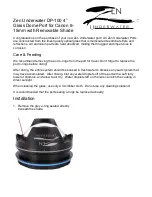
Accelerometer (ACC)
User Manual
5 of 16
1.3.
Sensor Specifications
> Axis:
3
> Range:
±3.60 g
> Bandwidth:
0-50 Hz
> Consumption:
~0.35 mA
1.4.
Features
>
Tri-axial sensing
>
Unobtrusive & lightweight sensor
>
MEMS technology
>
Pre-conditioned analog output
>
High signal-to-noise ratio
>
Ready-to-use and miniaturized form factor
>
Medical-grade raw data output
>
Raw data output
1.5.
Applications
>
Life sciences studies
>
Biomedical device prototyping
>
Activity monitoring
>
Tilt detection
>
Vibration measurement
>
Human-Computer interaction
>
Robotics & Cybernetics
>
Biomechanics
1.6.
Transfer Function (Conversion Formula)
The analog sensor signals acquired with
biosignalsplux
devices are converted into digital values ranged
between 0 and 2
n
-1 (
n=sampling resolution
, usually 8-bit or 16-bit) and streamed in the raw digital
format.
In most applications, the original physical unit of the acquired
ACC
signal is preferred or required. The
raw digital sensor samples can be converted back into relative gravitational acceleration/g-force (g)
using the following formula:
𝐴𝐶𝐶(𝑔) =
𝐴𝐷𝐶 − 𝐶
𝑚𝑖𝑛
𝐶
𝑚𝑎𝑥
− 𝐶
𝑚𝑖𝑛
× 2 − 1
(1)
Valid sensor range:
[-3.60 g, 3.60 g]
with:
𝐴𝐶𝐶(𝑔)
ACC value in g-force (g)
𝐴𝐷𝐶
Value samples from the sensor/channel (digital value)
𝐶
𝑚𝑖𝑛
Minimum calibration value
1
𝐶
𝑚𝑎𝑥
Maximum calibration value
1
For more information about
𝐶
𝑚𝑖𝑛
and
𝐶
𝑚𝑎𝑥
, please, check the content of section


